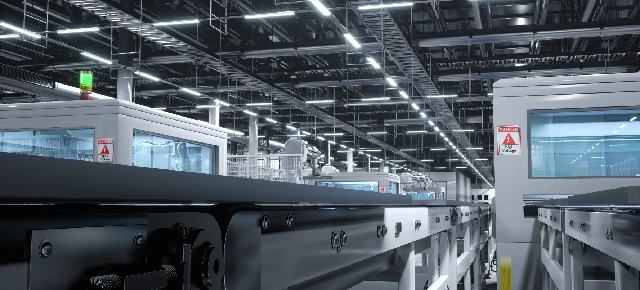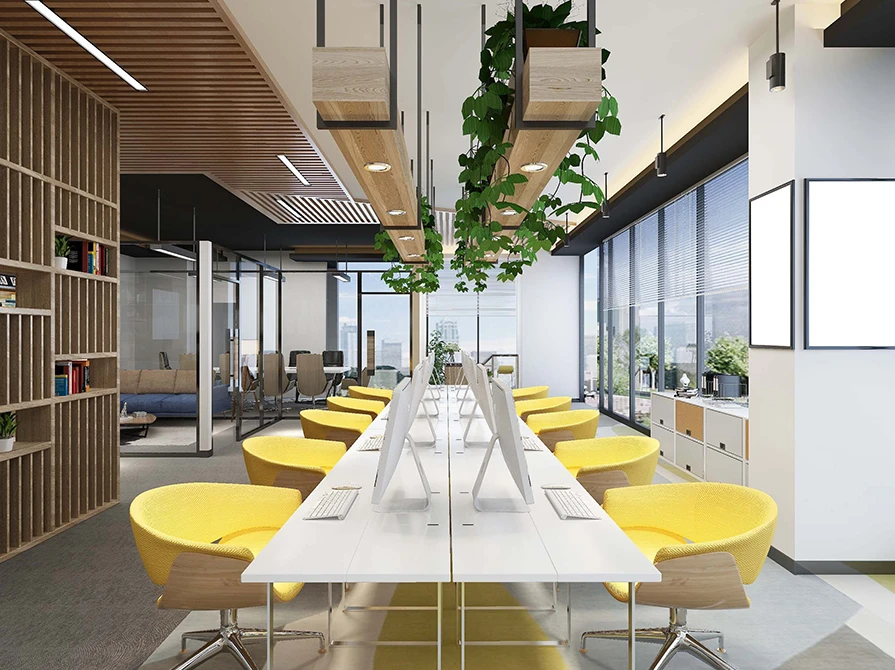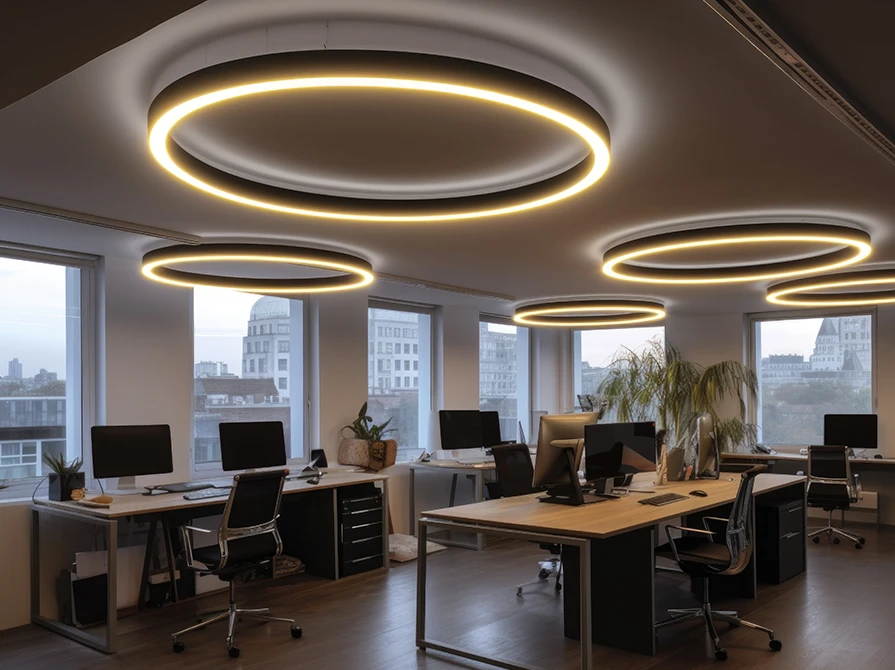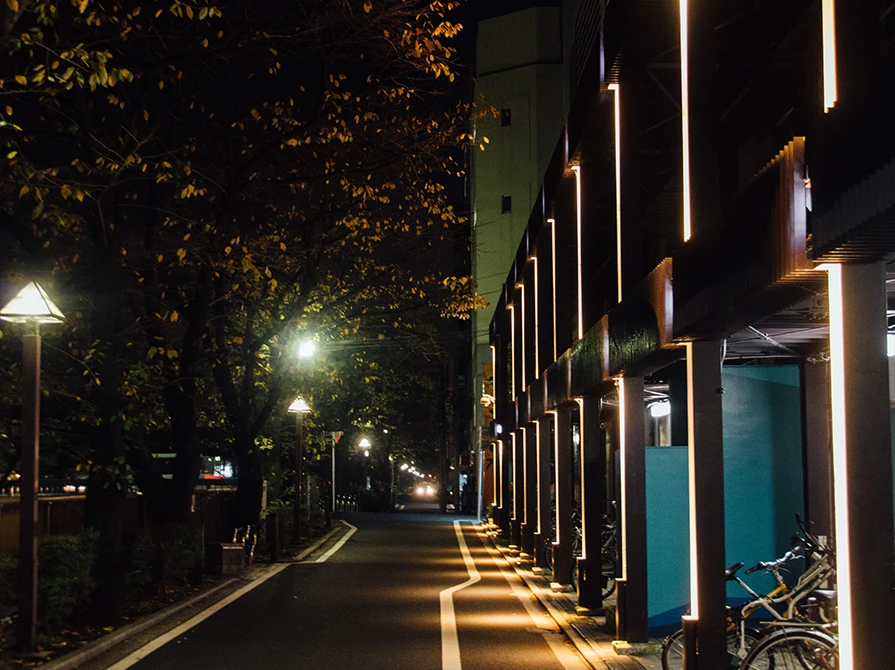


In the rapidly evolving industrial sector, efficiency and precision are paramount. As industries continue to adopt smart technologies, automated lighting systems have emerged as a key player in optimizing operations. The integration of advanced lighting automation in industrial spaces not only enhances energy efficiency but also improves safety, productivity, and overall operational efficiency. This blog explores how automation in lighting is revolutionizing industrial spaces and highlights the transformative impact of Wipro Lighting’s iSense technology.
One of the most significant advantages of automated lighting systems in industrial spaces is energy efficiency. Traditional lighting systems often operate continuously, leading to unnecessary energy consumption. Automated lighting systems, however, can adjust the lighting based on occupancy, time of day, and natural light availability, significantly reducing energy usage.
Wipro iSense takes this a step further with features like daylight harvesting and occupancy sensing. By automatically dimming or turning off lights when natural light is sufficient or when spaces are unoccupied, iSense ensures that energy is used efficiently, resulting in substantial cost savings for industrial facilities.
Industrial spaces often operate 24/7 and require well-lit environments to ensure the safety of workers and equipment. Poor lighting can lead to accidents, reduce visibility, and compromise security. Automated lighting systems enhance safety by ensuring that all areas are adequately lit according to the needs of the space.
With iSense’s advanced sensor technology, lighting can be automatically adjusted in response to specific movements or activities, ensuring that critical areas are never left in the dark. This not only prevents accidents but also enhances security by providing consistent lighting in sensitive areas.
Lighting plays a crucial role in worker productivity. Poor or inconsistent lighting can cause eye strain and fatigue, leading to decreased productivity and increased errors. Automated lighting systems can create optimal lighting conditions tailored to the needs of different tasks and areas within the industrial space.
iSense offers customizable lighting controls that allow facility managers to create specific lighting scenes for different work zones. This ensures that workers have the best possible lighting for their tasks, improving focus and reducing errors. The ability to control and automate lighting settings also reduces manual interventions, allowing workers to concentrate on their core responsibilities.
Industrial facilities often undergo changes in layout and operations. Traditional lighting systems can be rigid and costly to modify, whereas automated lighting systems offer flexibility and scalability. These systems can be easily reconfigured to adapt to new layouts, processes, or expansions.
Wipro iSense’s wireless IoT ecosystem provides unparalleled flexibility. Its components, including controllers, sensors, and gateways, can be easily installed and reconfigured to suit the evolving needs of industrial spaces. This adaptability ensures that the lighting system remains efficient and relevant, even as the facility grows or changes.
In today’s age, data is a crucial asset. Automated lighting systems with integrated IoT capabilities can collect and analyze data on energy usage, occupancy patterns, and maintenance needs. These insights enable facility managers to make informed decisions, optimize operations, and plan preventive maintenance.
iSense’s analytical dashboards provide comprehensive reports on various metrics, such as energy consumption and device usage. This data-driven approach helps in identifying areas of inefficiency, predicting maintenance needs, and implementing energy-saving strategies, ultimately leading to improved operational efficiency and reduced costs. Contribution to Sustainability Goals Sustainability is a growing concern for industries worldwide. Automated lighting systems contribute to sustainability by reducing energy consumption and carbon emissions. By optimizing lighting usage, these systems help industrial facilities achieve their environmental goals and comply with green building standards. iSense supports green building initiatives through features like automated demand response and integration with building management systems. These capabilities help industrial spaces reduce their carbon footprint and contribute to a sustainable future, aligning with broader ESG (Environmental, Social, and Governance) objectives.
In industrial settings, user experience is often overlooked. However, a well-designed lighting system can enhance the comfort and satisfaction of workers. Automated lighting systems provide a seamless and intuitive user experience, allowing for easy control and customization of lighting settings.
With the iSense mobile app, users can conveniently control individual or grouped devices, invoke scenes, and schedule operations. The app’s user-friendly interface simplifies the management of complex lighting systems, enhancing the overall user experience and ensuring that workers have a comfortable and well-lit environment.
The industrial landscape is constantly evolving, with new technologies and standards emerging regularly. Automated lighting systems future-proof industrial spaces by providing a scalable and adaptable infrastructure that can integrate with other smart systems and technologies.
iSense is designed to be future-ready, offering features like OTA (Over-The-Air) upgrades and integration with other IoT systems. This ensures that the lighting system can evolve alongside the facility, incorporating new functionalities and technologies as they become available.
The integration of automated lighting systems in industrial spaces is transforming the way these environments operate. From energy efficiency and cost savings to enhanced safety, productivity, and sustainability, the benefits of automation are manifold. Wipro Lighting’s iSense stands at the forefront of this revolution, offering a comprehensive and intelligent lighting solution that meets the dynamic needs of modern industrial spaces.
As industries continue to embrace smart technologies, the role of automated lighting will become increasingly critical. By adopting systems like iSense, industrial facilities can unlock new levels of efficiency, safety, and comfort, setting a new standard for intelligent spaces. Get in touch with us to know more about how automated lighting can help enhance industrial spaces.







